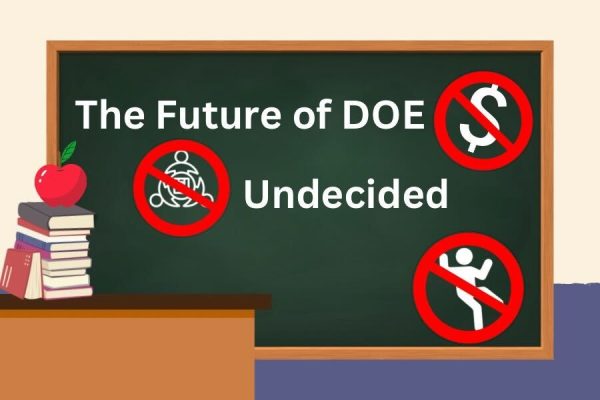Low-Carbon Energy Innovation Will Make Renewables More Efficient
Opinion
One of President Trump’s campaign promises was to bring back the American coal industry and save coal miners. Since entering the White House, he has enacted policies to steer the United States against the more environmentally friendly renewable energy industry. Despite this, the dropping costs of renewables and increasing concerns over the consequences of climate change have instead fueled support for clean energy against the fossil fuel market and Trump’s wishes.
Back in April, Facebook announced its future construction of six solar projects to help reach its goal of depending on 100 percent renewable energy by the end of 2020. Following through on this plan, renewable energy developer Longroad Energy recently unveiled its collaboration with Facebook to build a $416 million solar farm. The Prospero Solar project, located in Texas, is expected to become one of the biggest solar power projects in the country, providing a capacity of 379 megawatts that will be shared between Facebook and Shell Energy North America.
Facebook is part of a large and growing group of organizations, cities, states, and countries all making the transition to clean energy sources. 179 private companies tracked by the initiative RE100 have made commitments to 100 percent renewable energy. More than 100 cities now power from mostly renewable energy. U.S. power plants are now able to produce more energy from renewables than coal for the first time in history. Clean energy is also taking over in other countries ranging from China to Kenya, according to the Climate Reality Project.
Given the task of reducing emissions, the world has facilitated the rise of clean energy. Unfortunately, actually reaching zero-carbon energy, where there is no net release of carbon dioxide into the atmosphere, isn’t that simple. This is partly due to the variability of renewable electricity generation. Renewable energy is a great response to climate change, but a power grid reliant on it can be inflexible and erratic. When there is abundant wind or sunlight, wind and solar farms can produce plenty of energy. When there isn’t, the grid doesn’t generate electricity, so power plants would have to purchase from carbon-emitting sources to meet demands. In the end, renewable energy wouldn’t decrease emissions as much as expected.
Nevertheless, as global energy demand increases and climate change looms, stopping carbon emissions is critical, and clean energy is critical to the effort. Solutions to the issues facing 100 percent renewables must be found and implemented. In a piece on the World Economic Forum, Bill Gates outlined some methods of accelerating the transition to renewable energy. For example, clean energy storage systems that can compensate for the unpredictability of the weather or transmission lines that can deliver electricity to areas with insufficient supply would significantly decrease the necessity of using fossil fuels as backups to renewable power grids.
The world needs a quick but stable transition to clean energy. Companies and researchers now are exploring what can be done to isolate fossil fuels from renewable energy. In the near future, other solutions may be discovered that will help the globe achieve zero-carbon energy. But to see them materialize, greater investments into this low carbon energy innovation are imperative. Governments and organizations should promote the development of technologies that pave the way for sustainable clean energy. “We must act quickly if we want to prevent the worst-case scenarios of our warming planet,” Bill Gates said in his article. “With the right mix of solutions we can deploy right now and new innovations we can build a path to a carbon-free future.”

This is my second year on the student press staff and first year as an opinion editor. Aside from writing stories and taking photos for press, I spend...






